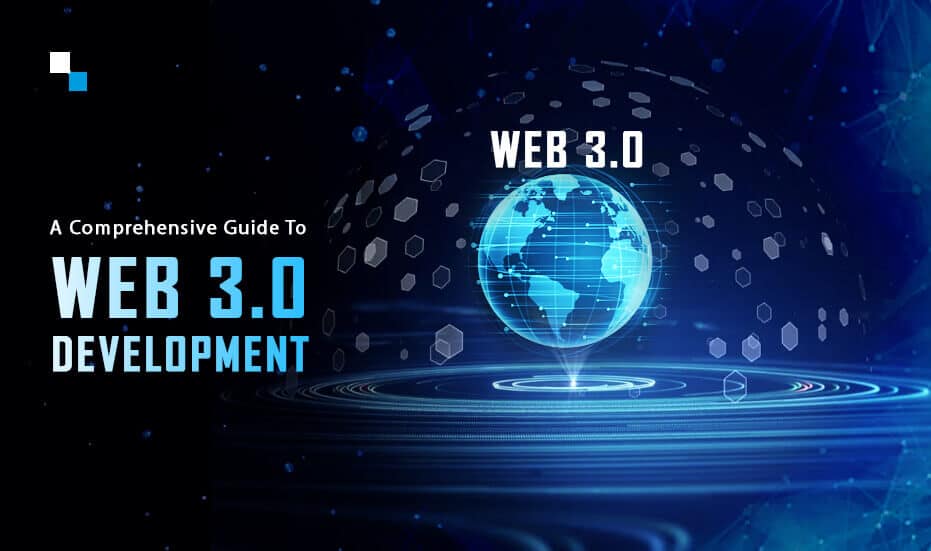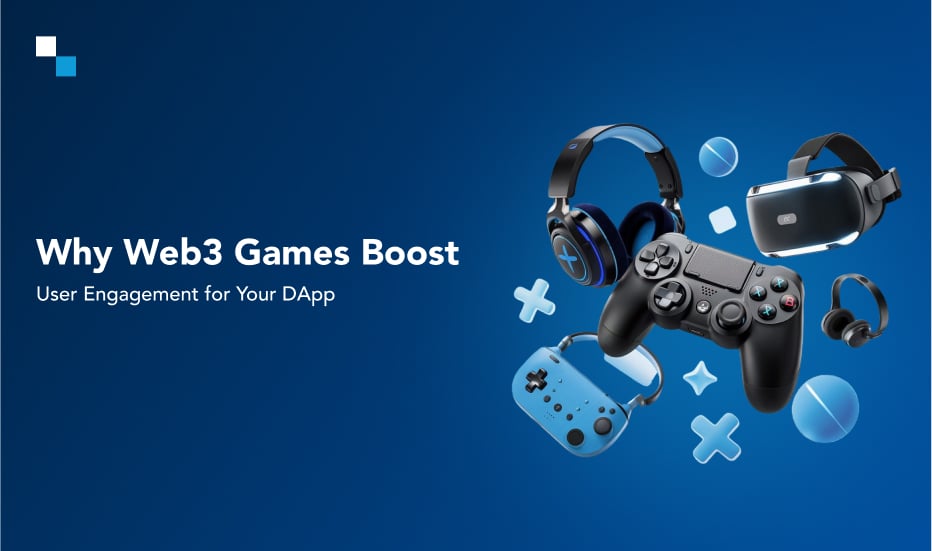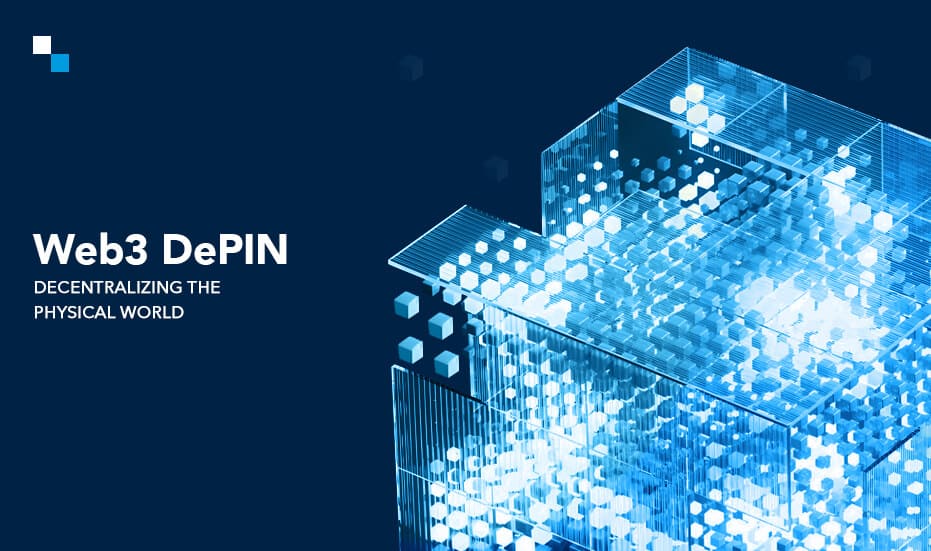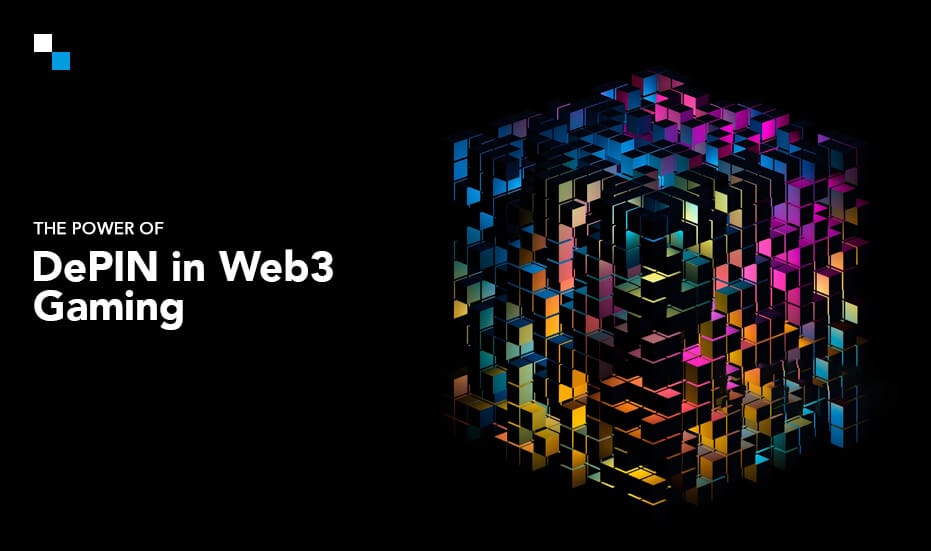The internet has undergone significant advancements and transformations over time. From the early days of Web 1.0, where the internet was a simple repository of static web pages, to the more dynamic Web 2.0 era, where users could interact with the web and with each other through social media platforms, the evolution of the internet has been a remarkable journey. Today, we stand at the threshold of a new era of the internet, Web 3.0, which is reinventing business success. But, before we dive a little deeper, let’s first know – what is it?
Web 3.0 – The Next Generation Of The Internet
Web 3.0 is often referred to as the decentralized web, where users have more control over their data and can interact with applications in a more secure and private way. Web 3.0 applications are built on blockchain technology, which is a decentralized ledger that is immutable and tamper-proof. This means that Web 3.0 applications are not controlled by any single entity, and are instead run by a network of computers that work together to maintain the integrity of the system.
Putting it in more simplistic terms –
“Web 3.0 is about creating a more immersive and interactive web, where users can engage with content in new and dynamic ways.”
~ Mark Zuckerberg, CEO of Facebook
From Web 1.0 to 2.0
Web 1.0 was the early stage of the internet, where websites were mostly static and lacked interactivity. Users could only consume content, but could not interact with it. The internet was primarily used for research and information gathering. Web 2.0 emerged in the mid-2000s, and it was a major shift in the way people used the internet. Web 2.0 brought in user-generated content, social networking, and interactive web applications. With Web 2.0, users could interact with web applications, share content, and collaborate with others.
Rise of Web 3.0
Web 3.0 is the FUTURE – It is revolutionizing modern businesses!
The rise of Web 3.0 has been driven by several factors. One of the most significant factors is the increasing awareness of the importance of data privacy and security. In recent years, there have been several high-profile data breaches that have exposed the personal data of millions of people. Web 3.0 seeks to address these issues by using blockchain technology to provide users with more control over their data.
According to one report by Market Research Future, the global blockchain market is expected to be worth more than 6 billion dollars in 2023. This indicates a massive growth potential for Web 3.0 development.
For further implication, there’s this snapshot. Take a glimpse –
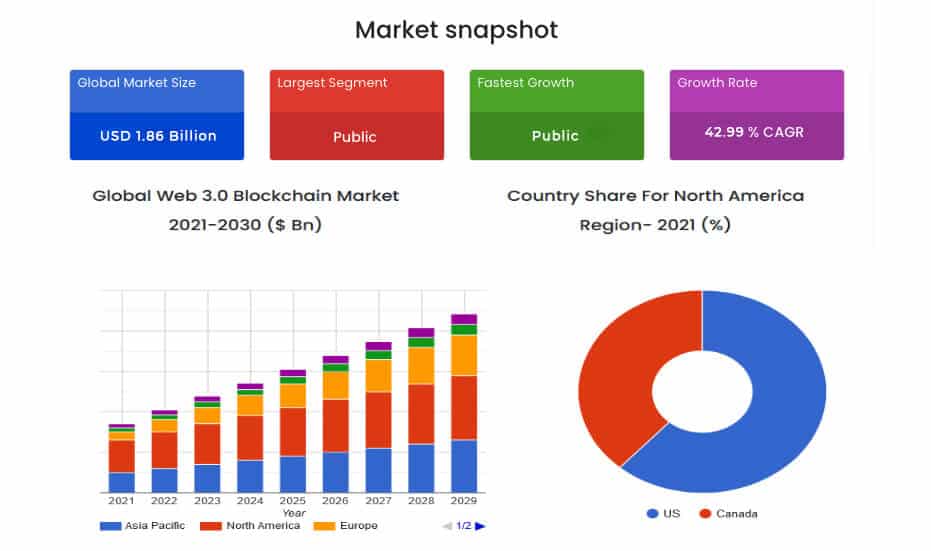
Source: SkyQuest
Top 5 Advantages of Web 3.0
Web 3.0, also known as the decentralized web, is an evolution of the current web (Web 2.0) that promises to provide numerous benefits, including:
1. Decentralization: Web 3.0 is characterized by decentralization, which implies that no single entity has control over it. This makes it more secure and less vulnerable to hacking or data breaches.
2. Data Privacy: With Web 3.0, users have more control over their data. Data is stored on the blockchain, which is a tamper-proof ledger. This means that users can be confident that their data is secure and cannot be tampered with.
3. Transparency: Blockchain technology provides transparency, as all transactions are recorded on the blockchain. This means that users can see all the transactions that have taken place on the network, which promotes trust and transparency.
4. Interoperability: Web 3.0 applications are interoperable, meaning that they can communicate with each other. This means that users can use different applications on the same network, making the system more efficient.
5. Smart Contracts: Web 3.0 applications use smart contracts, which are self-executing contracts that automate the process of transferring assets or data. This makes the system more efficient and reduces the need for intermediaries.
Building a Web 3.0 application can be a challenging task, but with the right Web3 Development Agency, it can be an exciting and rewarding experience. Web 3.0 development is a rapidly evolving field, and it requires developers to stay up-to-date with the latest trends and technologies to build successful applications.
Start Your Web3 Development Journey Today.
Talk To Our Web 3.0 Developer
Schedule Free DemoWeb 3.0 Development Guide
The first step in building a Web 3.0 application is to understand the core concepts of decentralized applications (dApps). Unlike traditional applications, dApps are built on blockchain technology and are designed to be decentralized, meaning that data is stored on a distributed network rather than a central server.
To build a Web 3.0 application, you will need to be familiar with the following concepts:
- Blockchain Technology
The foundation of Web 3.0 is built on blockchain technology. It is a decentralized, digital ledger that stores data in a secure and transparent way. - Smart contracts
They utilize blockchain technology and are contracts that are self-executing, automating the verification, execution, and enforcement of contract terms. - Interoperability
Web 3.0 applications are designed to be interoperable, meaning that they can communicate and exchange data with each other. Open standards and protocols facilitate this process. - Decentralized Storage
Web 3.0 applications store data on a decentralized network, providing greater security and privacy than traditional centralized storage.
Tools
Building a Web 3.0 application requires a pro web 3.0 developer, different set of tools and technologies than traditional web development. Let’s get to know some of them:
- Blockchain – There are plethora of blockchain platforms that enables the creation of dApps using smart contracts.
- Solidity – This is a programming language that enables the creation of smart contracts on the Ethereum platform, and it shares similarities with JavaScript. It is generally considered easy to learn.
- IPFS – IPFS (InterPlanetary File System) is a decentralized file storage system that allows developers to store and retrieve data in a peer-to-peer network.
- Truffle – Truffle is a development framework that makes it easy to build, test, and deploy dApps on the Ethereum platform.
- Remix – Remix is an online development environment for building and testing smart contracts on the Ethereum platform. It provides a user-friendly interface for writing and deploying smart contracts.
Invest In Web 3.0 Development To Accelerate Your Transition To Evolved Web
The future of web 3 seems great. Web 3.0 development is a rapidly growing field, and it offers a lot of opportunities for developers to build innovative and decentralized applications. With the right Web3 Development Agency, building a Web 3.0 application can be an exciting and rewarding experience. As the demand for decentralized and secure applications continues to grow, the future of Web 3.0 development looks bright.
Wrapping Up
Antier is a leading provider of Web 3.0 development solutions, leveraging the latest blockchain technologies to deliver secure, scalable, and decentralized applications. Our team of experienced developers has the expertise and knowledge to build customized solutions that meet your specific business needs.
Whether you’re looking to build a decentralized finance platform, a decentralized identity solution, or any other Web 3.0 application, we’ve got you covered. Contact us today to learn more about our Web 3.0 development services and how we can help bring your ideas to life.
